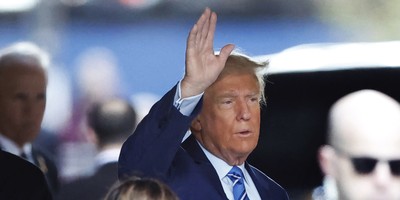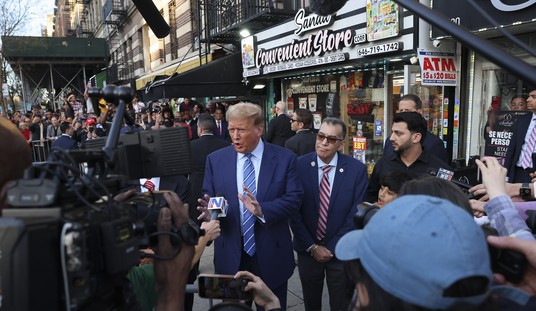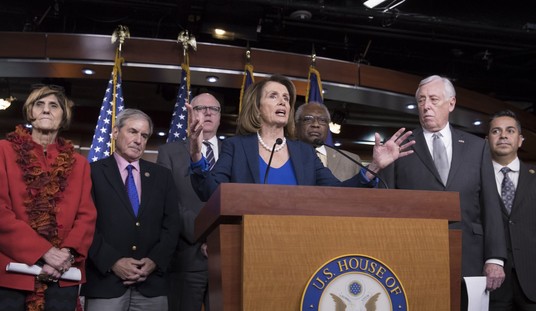The ObamaCare health insurance exchanges are supposed to open for business next Tuesday. Despite huge subsidies and despite daily publicity, these exchanges are expected to enroll only 11 million of 48 million uninsured Americans over the next year.
Those who do enroll may not be happy with their experience. We now know quite a lot about how these exchanges are going to function and the picture doesn't look good.
Attracting the healthy, avoiding the sick. In most states today insurers are allowed to charge individuals premiums that reflect their expected health care costs. This practice is no different than it is in life insurance, casualty insurance or most any other kind of insurance. In a free market, you expect to pay premiums that are actuarially fair.
The Affordable Care Act will end this practice. Instead, insurers will be required to practice a form of community rating, under which the healthy and the sick will all be charged the same rate.
You don't have to even be in the business to understand what kind of incentives that creates for the insurers. If the healthy are overcharged so that the sick can be undercharged, then insurance companies can expect to make profits on the healthy and losses on the sick. This means that it is in the self-interest of every insurer to attract the healthy and avoid the sick.
How do you do that? One way is to design plans that on the surface redistribute resources from the sick to the healthy.
Traditional insurance theory holds that patients should pay out of pocket for expenses that are small and over which they have a great deal of discretion. Insurance, on the other hand, should pay for expenses that are large and over which patients don't have a lot of discretion. The insurance being offered in the exchanges turns that theory on its head, however.
Recommended
Under a typical California plan, for example, patients will make only nominal copayments when they see a doctor, get a blood test or an X-ray exam ? activities that are often discretionary and the source of a great deal of unnecessary care. But if they go into a hospital (where patients have almost no control over what is done or what anything costs) they will be charged from 10% to 20% of the total bill. For an individual earning only a few thousand dollars above the poverty level, a hospital visit will cost $2,500. For a lower-middle income patient, the charge will be $6,350. A moderate income family can end up paying hospital expenses of $12,500 ? every year!
Clearly this plan will be attractive to people who don't plan to enter a hospital and unattractive to people for whom a hospital stay is likely.
Race to the bottom on access to care. Think of an insurance plan as having three main components: (1) a premium, (2) a list of covered benefits and (3) a network of doctors, hospitals and other providers. Under the Affordable Care Act, there is very strict regulation of benefits ? right down to free contraceptives, questionable mammograms and non-cost-effective preventive procedures. At the same time health plans have been given enormous freedom to set their own (community rated) premiums and choose their own networks. They are using that freedom in yet another way to attract the healthy and avoid the sick.
In the ObamaCare exchanges, the insurers apparently believe that only sick people (who plan to spend a lot of health care dollars) pay close attention to networks. Healthy people tend to buy on price. Thus, by keeping fees so low that only a minority of physicians will agree to treat the patients, some insurers are able to quote very low premiums. They are banking on attracting the healthy and they may even have the good luck to scare away the sick.
Community rating is what makes this strategy work. In the ObamaCare exchanges, if I am healthy why wouldn't I buy on price? If I later develop cancer, I'll move to a plan that has the best cancer care. If I develop heart disease, I'll enter a plan with the best heart doctors. And these new plans will be prohibited from charging me more than the premium paid by a healthy enrollee. (See a more comprehensive analysis.)
As a result, we are getting a race to the bottom on access ? with private plans in the exchanges looking increasingly like Medicaid, just as they do in Massachusetts.
The Obama administration doesn't seem to be bothered by this development. In fact they have been touting the fact that the premiums have been lower than expected, even though the reason is that the networks are narrower and skimpier than expected.

























Join the conversation as a VIP Member